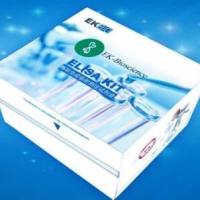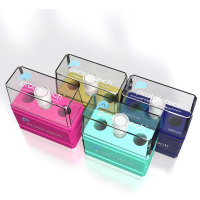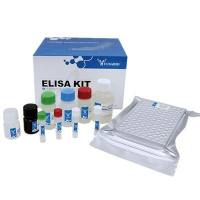Dopamine Receptors and Neuroleptic Drugs
互联网
616
What we know today about dopamine (DA) receptors stems directly from the discovery of potent and selective neuroleptic drugs. These compounds are not only essential tools in neuropharmacology, but are also guides that neurobiologists follow to identify, isolate, and even dismantle the molecular structure of brain neuroreceptors. For many people, it is not clear why potent neurotransmitter antagonists are an absolute requirement for these studies when the endogenous neurotransmitters are available. In fact pharmacologists have known for a long time that “classical” neurotransmitters [acetylcholine (ACh), dopamine (DA), noradrenaline (NA), 5-hydroxytryptamine (5-HT), gammaaminobutyric acid (GABA), and so on] elicit a physiological response at micromolar concentrations (Table 1 ). Since binding studies are not feasible at such high concentrations because of high nonspecific binding, one needs substances that are endowed with high-affinity properties. Potent neuroleptics fulfil these conditions: they possess high affinity at nanomolar concentrations. In fact, the problem is not new; α-bungarotoxin was an absolute requirement for looking at the molecular structure of the nicotinic receptor (Changeux, 1981).









